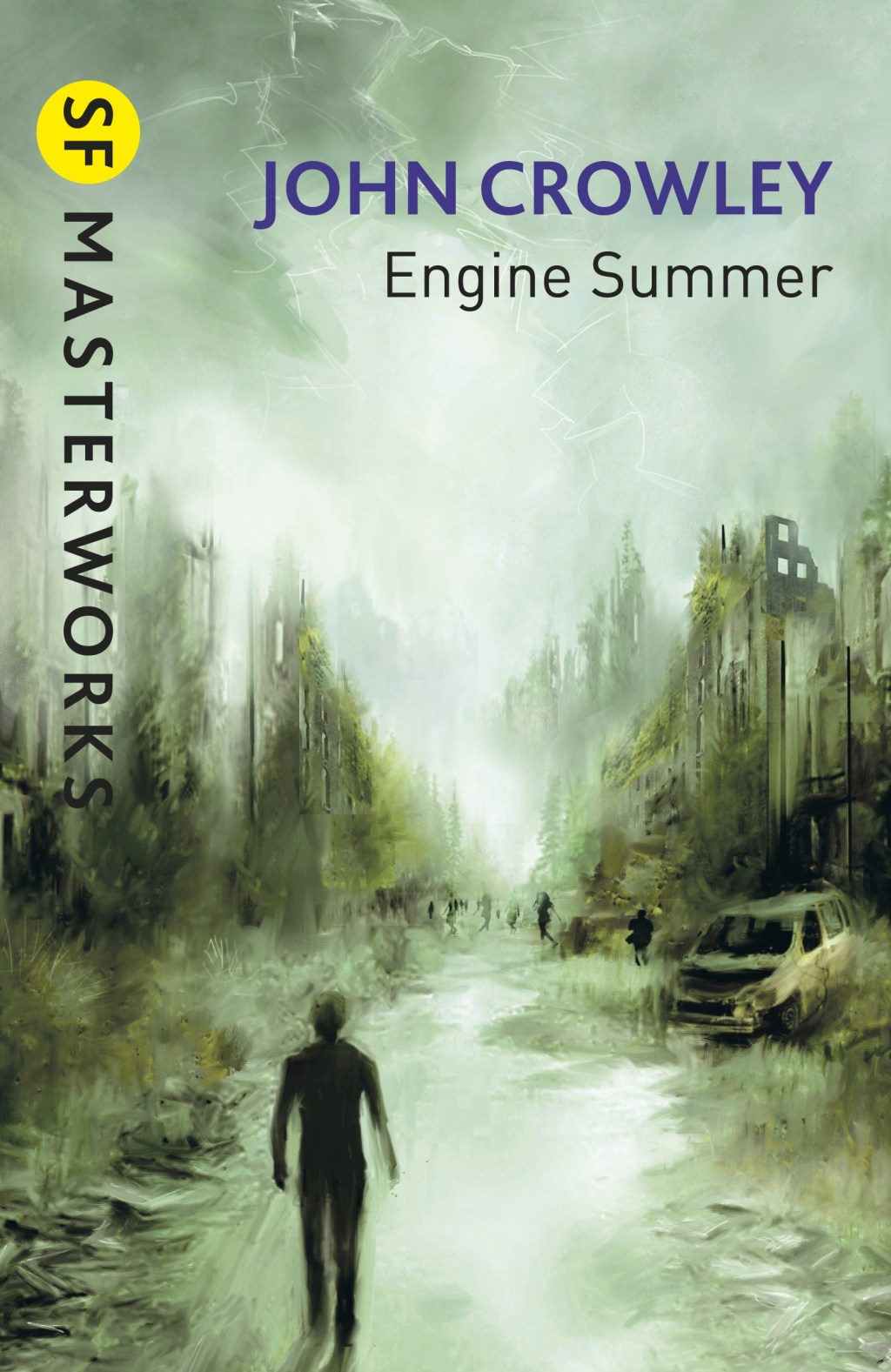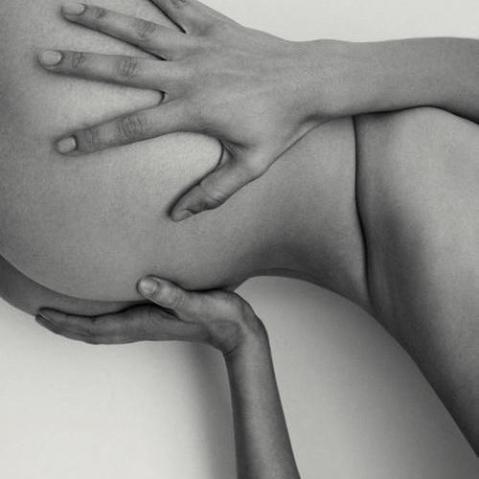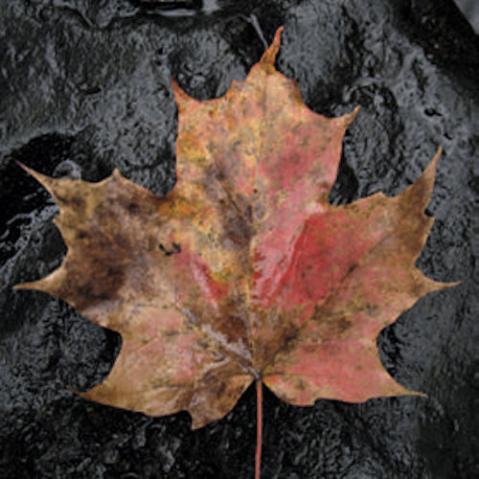The assistant photographer's toolkit

It might not be required, but it’s advisable to have a basic assistant’s kit with you on all jobs—even if you’re a digital tech. Though you might examine the list below and wonder why a digital tech might need a Leatherman or set gloves, you’d be surprised at how often the need for these items arises.

Always remember that it’s a team effort, every step of the way, and it’s better to be that person that saves the day than the person running around frantically on-set trying to track down random tools and items in vain. Stock your kit with the following items (the first four are the most important) and you’ll always be in good shape.
A Leatherman or multitool
The idea of carrying around a Leatherman might seem archaic to some, the classic 21-tool ‘magic’ pocketknife—complete with pliers, screwdrivers, wire cutters and strippers, and more—comes in extremely handy even on modern-day photo shoots. Whether it’s tightening a loose stand, screwing a quick-release plate onto a camera (and off of it), cutting gels, fixing a light, or cutting sash cord, a Leatherman will still do the trick beautifully.
Set gloves
A good pair of lightweight, non-slip set gloves not only gives you a better grip on equipment, it also allows you to adjust a hot light without getting burned. They also come in handy when handling dirty electrical cables, and will keep your hands warm and functioning when shooting on location in cold weather.
Gaffer (or gaff) tape
This incredibly strong, pressure-sensitive, ultra-adhesive, cotton-cloth tape can fix practically everything. It’ll tape down cords, secure cables, flag a light, reinforce superclamps, hold cloth backgrounds in place for portrait sessions, attach props to shelves or the floor, temporarily ‘repair’ equipment, colour-code rentals on set, fix light-leak issues—the list is endless. In an ideal world, multiple rolls of gaffer tape would be already present on every set, but this isn’t always the case, so it never hurts to throw a roll into your kit.
A Sharpie (or permanent marker pen)
You’ll quickly find that there are a million uses for the humble Sharpie on set. A small handful include marking off things on set (often used in conjunction with gaffer tape), making technical notes (like the power setting on a strobe pack from one shot to the next), drawing up lighting diagrams, and writing names on water bottles and lunch orders.
A light meter, or sun-seeking apps
Despite what some may argue, light meters are still relevant, even in this digital age: they offer considerably more detail than the built-in meter inside a digital SLR, and can improve your pictures in certain scenarios. If you’re photographing a model, for example, you’ll be able to record the light on several parts of their body, add these figures together, divide to get an average, and then achieve the most accurate exposure.
Lens rag & cleaning solution
These are especially important on location, when elements and stray matter can find their way into your gear.
Allen key
Also known as a hex key, they’re useful for fitting stands and tripods.
Box cutter
These are useful for cutting gels, reflector boards, and set paper.
Tape measure
If you’re using a manual-focus lens, a tape measure will help you determine the distance between the camera and subject. They’re also useful for determining the distance between the subject and lights when creating lighting diagrams and trying to replicate specific lighting scenarios.
Card reader
It’s always good to have a back-up card reader in case one goes down (if you’ve ever owned a digital camera, you’ll most likely have one on hand anyway), or if the tether cables malfunction.
What They Didn’t Teach You in Photo School won’t tell you how to take photographs. It will, though, teach you a much more difficult set of skills: how to be a photographer. Passing on hard-earned lessons from a successful career in commercial, editorial and lifestyle photography, Demetrius Fordham shows how to snag the best internships and assistant roles, impress at an interview, develop an amazing portfolio, forge strong relationships with clients, and lay the foundations of your own successful career.
 What They Didn’t Teach You in Photo School
What They Didn’t Teach You in Photo School
Demetrius Fordham
Buy it now!
RRP for print edition: £14.99






